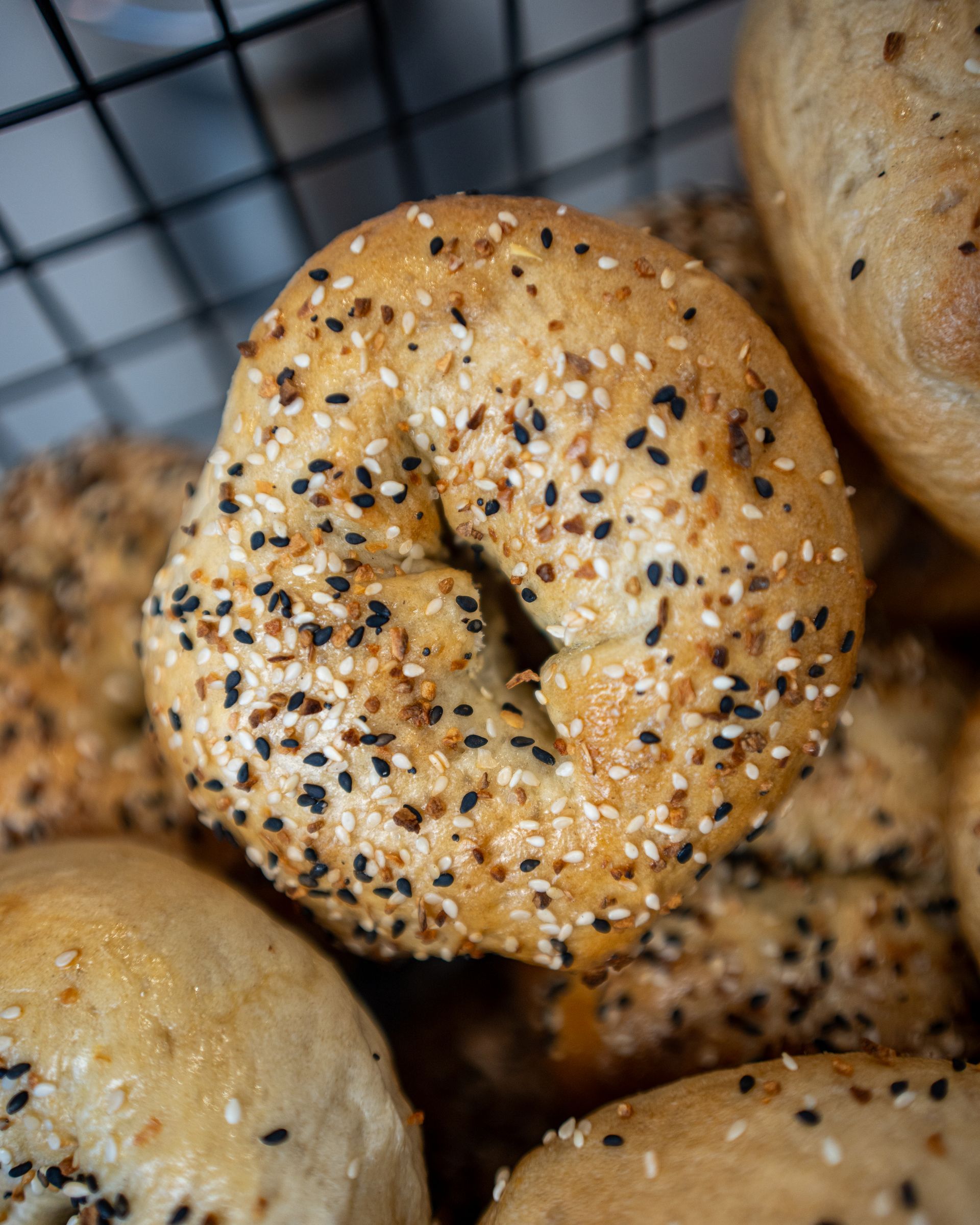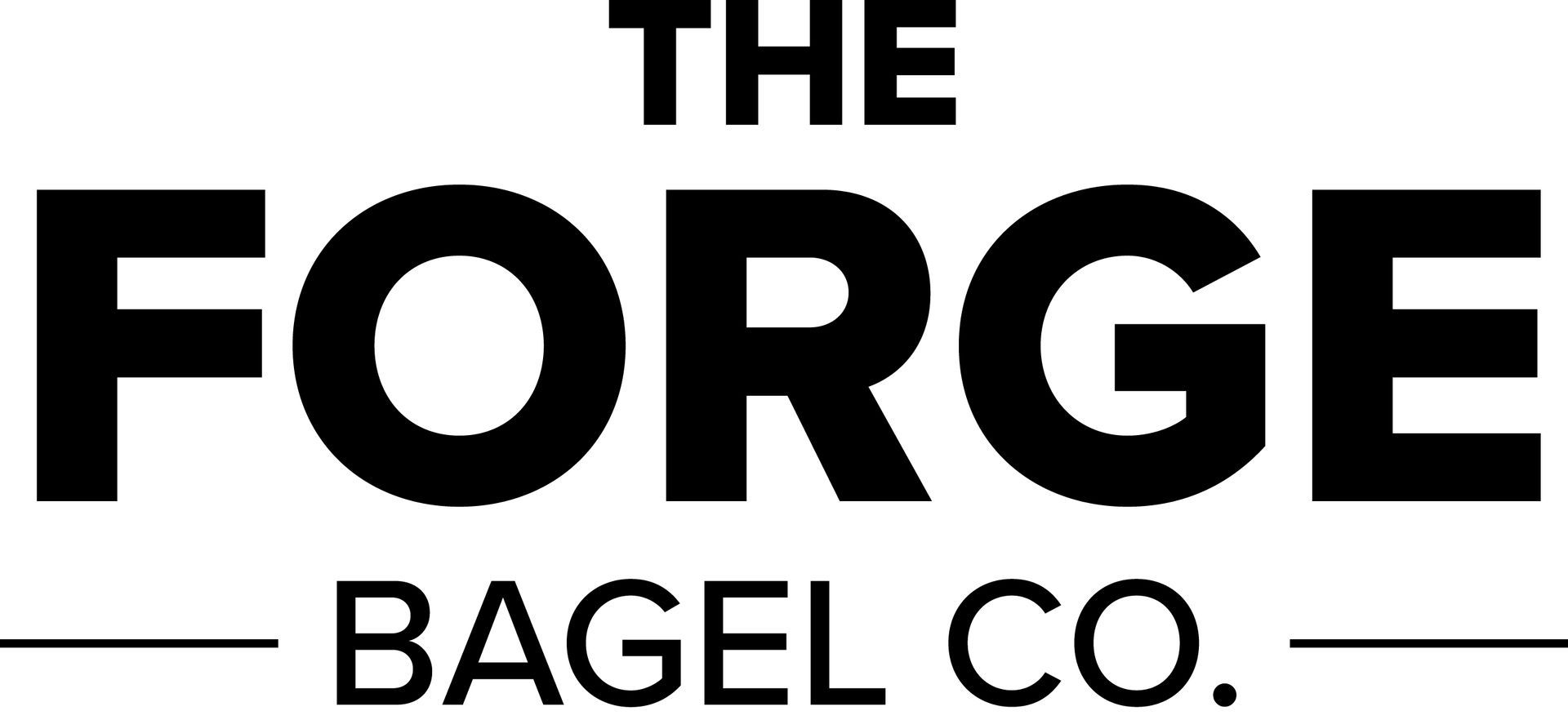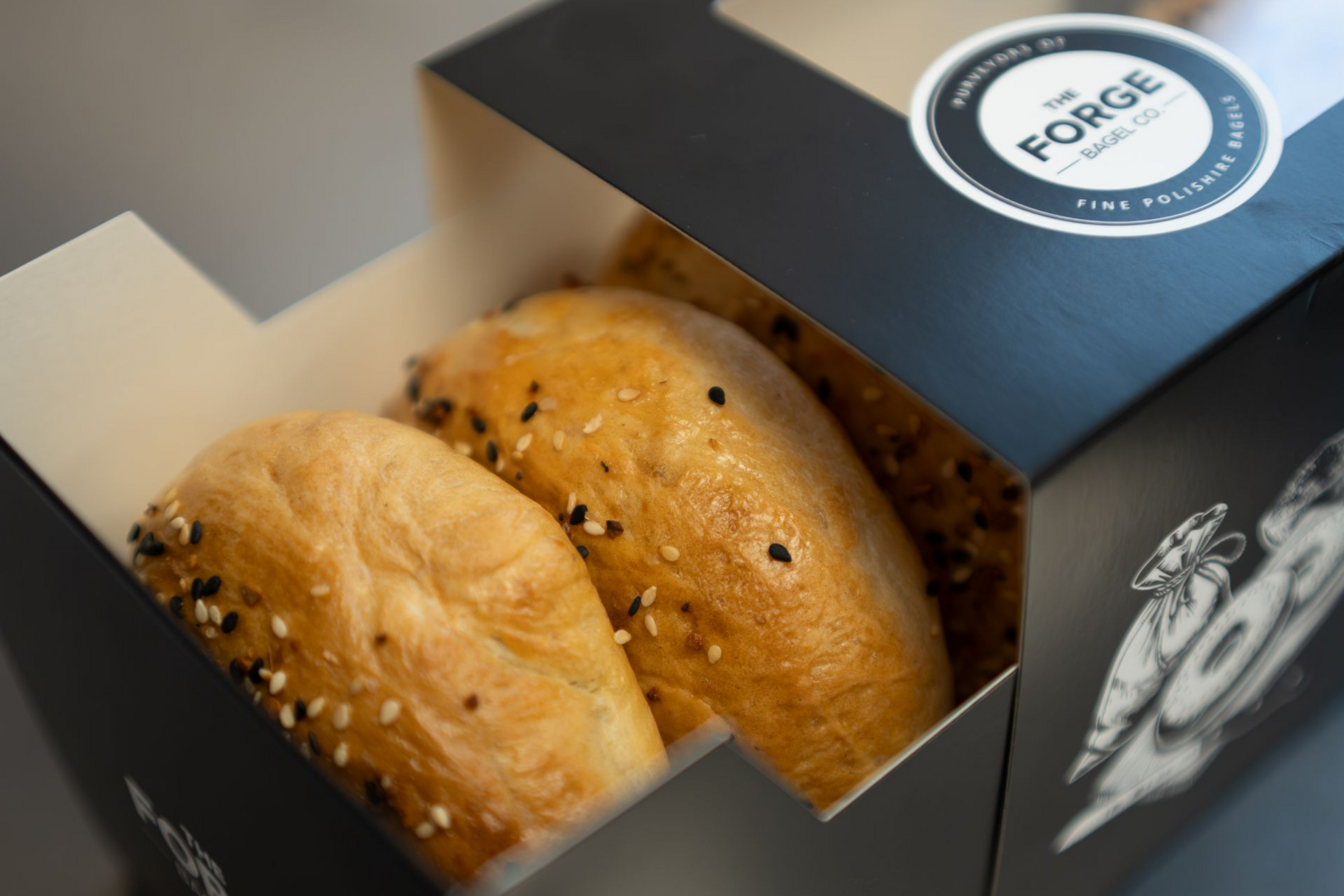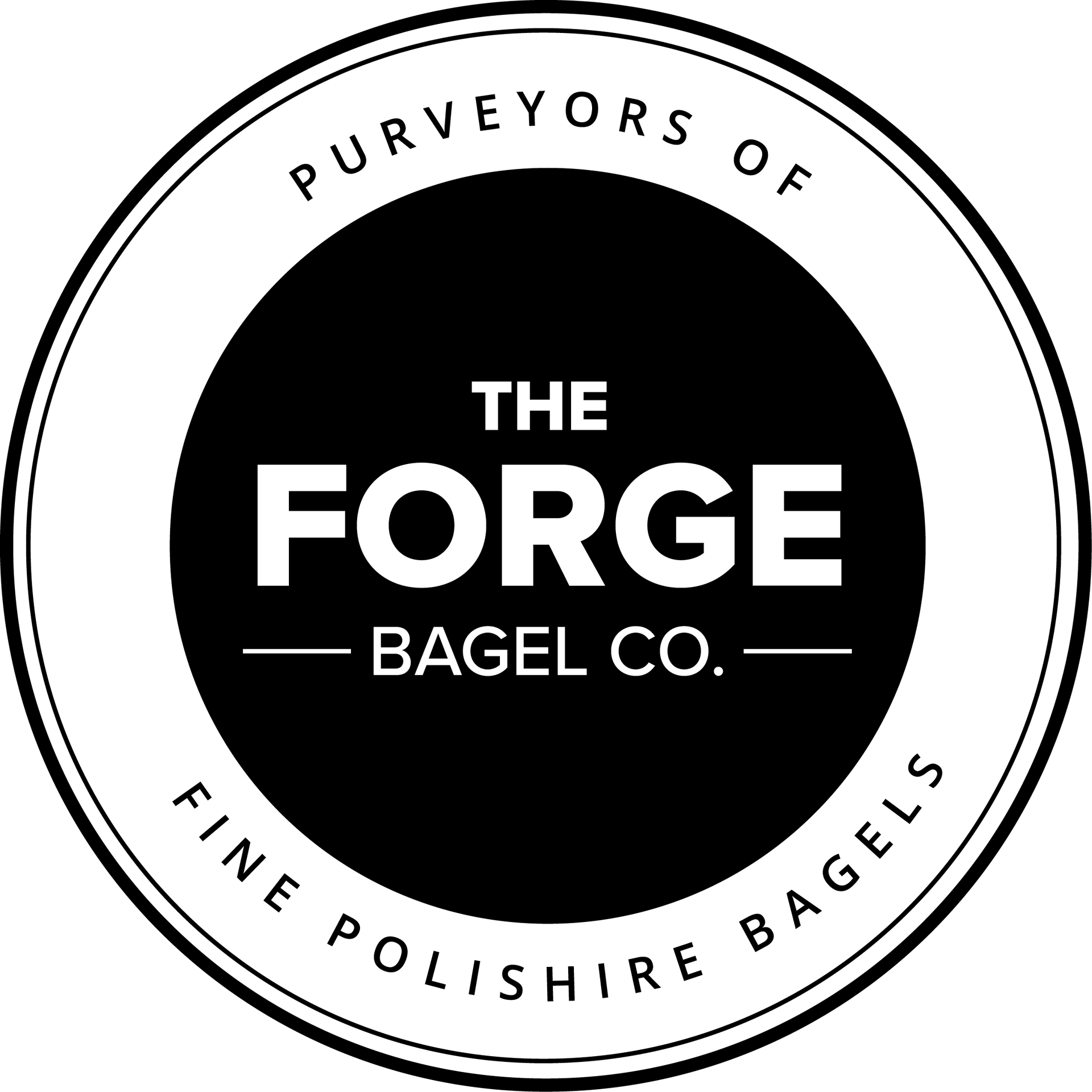Bagel Talk
Montreal, New York, London, Polish, Jerusalem
They’re all bagel styles - so what’s the difference?

There are many styles of bagels around the world. Each region has its own shape, texture, and tradition, with many claiming to be the true authority of the name that defines them.
We’re not here to start a chewy bagel debate 😊 - but understanding the shaping method is the best way to appreciate what makes each style special.
Shaping is at the core of texture and chew; baking defines the crust. For this article, let’s focus on shaping.
Shaping Styles
Rope (New World Method)
This is the most common modern technique for shaping the familiar ring we know as a bagel. A piece of dough is rolled into a rope, then wrapped around the hand so the ends meet beneath the palm. The baker presses and rolls the seam to join it, forming the circle.
Because the hand determines the hole size, this method typically creates a larger opening.
Pros:
- Fast and efficient, ideal for high-volume shops making thousands of bagels a day
- The gluten is worked hard, creating the firm chew found in New York and Montreal styles
Cons:
- Rolling the dough into a rope forces out most of the gas developed during fermentation, resulting in a denser crumb
- Over-working gluten makes the dough tough rather than pleasantly chewy, much like over-mixing pie dough toughens pastry
Bagel varieties: Most modern styles worldwide

Poke & Stretch (Old World Method)
Often called a labour of love, this is the original way bagels were formed - tracing back to early Polish bajgle. The dough is rolled into small balls and allowed to rise. Each one is then poked through the centre to create a hole, which is gently stretched in cycles: stretch, rest, stretch again.
This patient process repeats many times until the ideal size and texture are achieved. The resting periods let the dough relax, allowing gluten to strengthen gradually rather than aggressively - much like the gentle stretch-and-fold method used in sourdough. It takes time, but the result is worth it.
Pros:
- Builds gluten strength slowly, creating layers of structure without toughness
- Retains fermentation gases and forms a crumb described as “a touch of brioche”
- Develops a creamy chew - strong yet soft and yielding - through its unique surface alignment and boil
Cons:
- Time-intensive, requiring multiple stretch-and-rest cycles
- Lower daily yield compared to rope-rolled methods
Bagel Varieties: Rooted in regional Polish traditions and used authentically at The Forge through our Polishire style.



